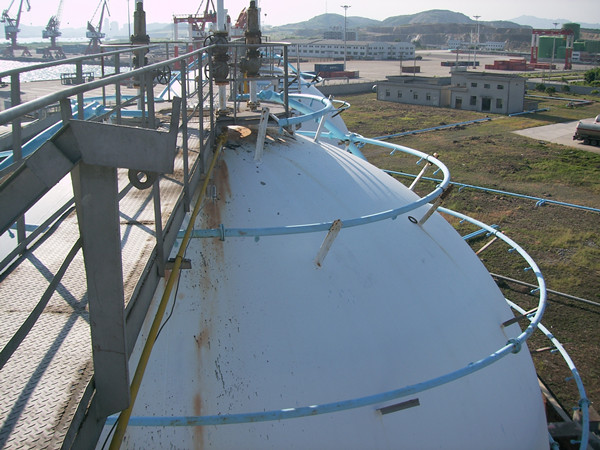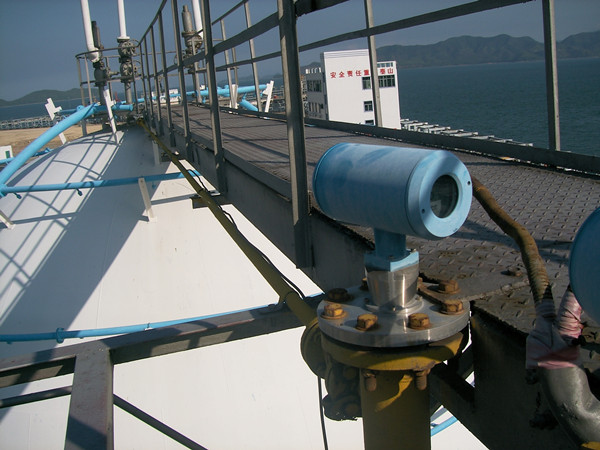Hydrogenated liquefied gas storage tanks, are also more common in the industry, so the guided wave radar level meter measurement of hydrogenated liquefied gas storage tanks, what problems will arise, and how to solve the problem? Today to share with you.

A factory has a hydrogenated liquefied gas spherical storage tank and installed a guided wave radar level meter to measure the level. The hydrogenated liquefied gas storage tank is a standard spherical storage tank equipment without any process reaction generated, no agitator in the tank, no compressor, and other medium and large electrical equipment near the tank, after using for a period of time, the radar level meter showed irregular measurement inaccuracy.
After inspection, it was found that the measurement of the radar level meter is not affected by the medium change, temperature change, inert gas and steam, dust, foam, and so on. In addition to the installation method and external signal interference, there is another important factor affecting the measurement of the guided wave radar level meter, which is the dielectric constant. The radar echo signal is stronger. When the dielectric constant of the measured medium is less than 2.0, the echo signal of the radar level meter will be very weak.
The dielectric constant of liquefied gas is 1.6~1.9, and the degree of liquefaction is greatly affected by temperature and pressure changes. In addition, the instability of hydrogenated liquefied gas causes frequent and extensive changes in the dielectric constant of the medium. If the dielectric constant is too low when the radar wave reaches the surface of the medium, the radar wave reflected back to the pulse transmitter by the medium will be reduced, thus weakening the return signal.
The signal processing unit of the radar level meter will signal a fault and the transmitter output will be output according to the preset fault output, i.e. the output value of the radar level meter will remain unchanged.

In response to the above problems, the plant professionals proposed solutions, one is to change the physical and chemical properties of the medium through technical means, such as increasing the pressure or temperature of the medium, so that the dielectric constant increases to reaches the permissible range of the radar level meter.
This solution requires a transformation of the process production process and equipment, which requires high human and financial costs and is difficult to implement with a long lead time. It may even affect the process index of the front and back process units, making the operation of the plant more difficult. Obviously, this is not feasible.
Second, the measurement method of the instrument is changed to EOP measurement, with the purpose of making the measurement of the instrument independent of the dielectric constant of the medium and the characteristics of the medium.
For the guided wave radar level meter, when the level of the measured medium is very low, especially the medium with a very low dielectric constant, the echo signal is very weak and difficult to be detected by the radar level meter. At this time use the EOP algorithm. The meter can still calculate the liquid level accurately.
As the pulse signal needs to pass through the whole wave-guide cable, the signal transmission time is long, resulting in a lower sensitivity of the instrument, but it is still within the allowable range of the process.
